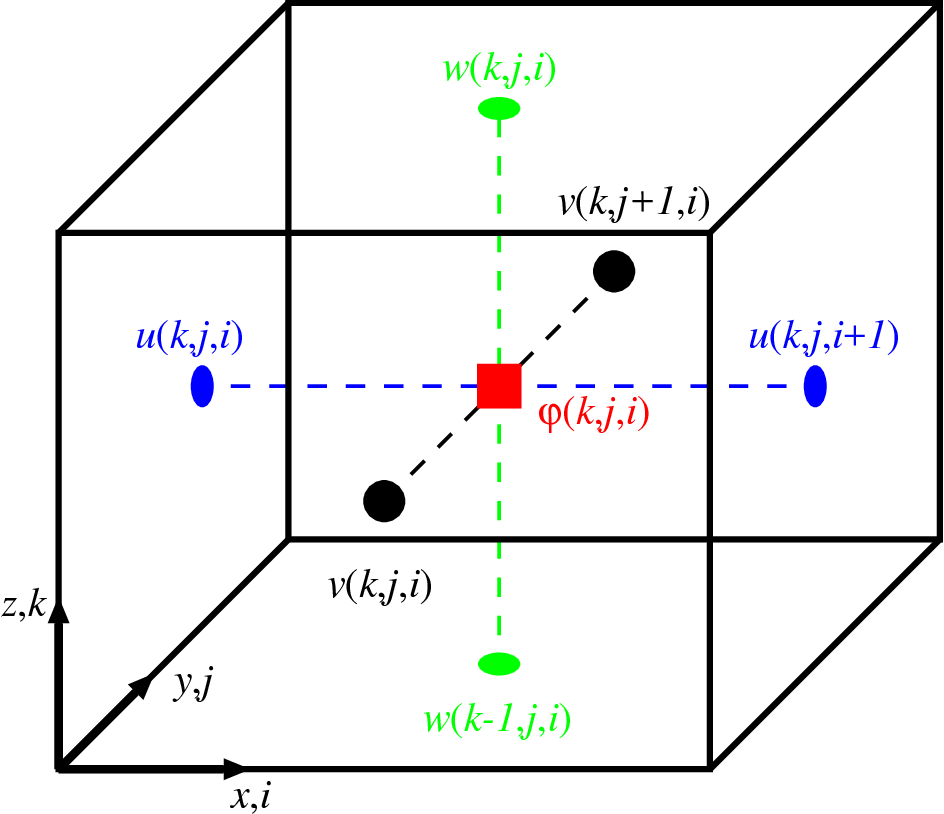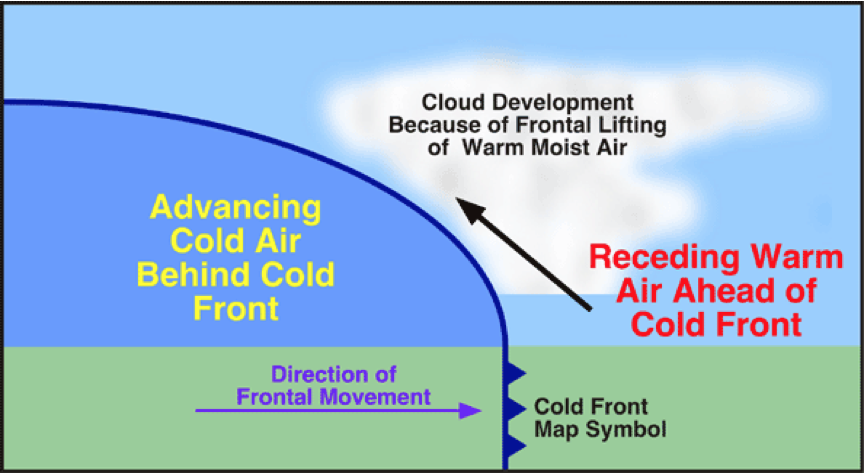Research
I study the physics of mixing processes (i.e. turbulence) in the ocean, I develop new ways to add this mixing to computer models of the ocean, and I assess the impacts of this mixing on the Earth system and its climate.
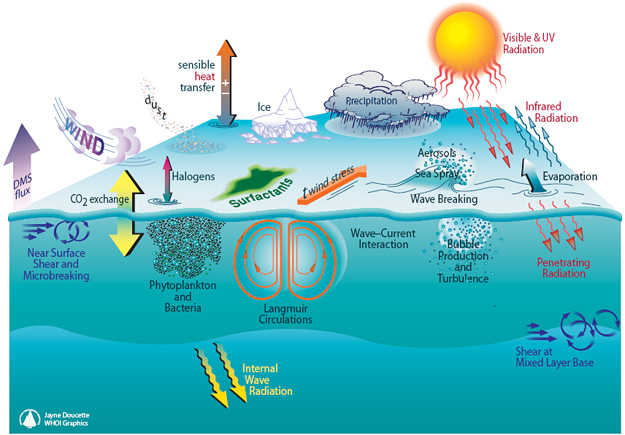
Mixing in the Upper Ocean
The upper ocean plays a crucial role in the Earth system as it connects the atmosphere, whose properties vary quickly, to the deep ocean, which changes slowly and stores enormous amounts of heat, gases, and momentum. I study the physics of turbulence, which mediates the transfer of properties across this upper ocean interface. I am particularly interested in how waves on the ocean surface change the properties of upper ocean turbulence.
Find out more → Our paper looking at wave-driven mixing under surface heating conditions
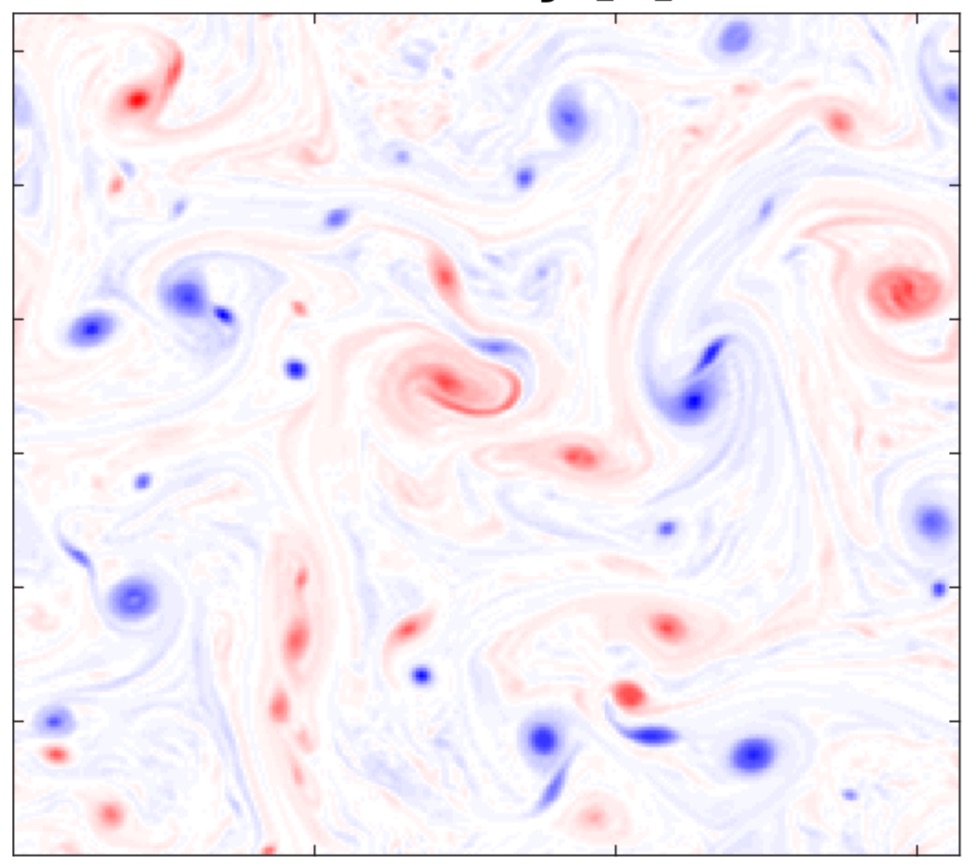
Mesoscale Mixing
The motion of the ocean at large-scales (10-500km) is strongly affected by Earth's rotation and the stratification of the ocean, which makes it behave very differently to small-scale motion (such as upper ocean turbulence). This large-scale motion occurs throughout the depth of the ocean, and it is able to move water long distances. I study large-scale spinning features called mesoscale eddies (or mesoscale turbulence) which provide an important source of mixing and transport deep in the ocean and in climate-critical regions like the Southern Ocean.
Find out more → Our paper investigating the intermittency of mesoscale turbulence in ocean models
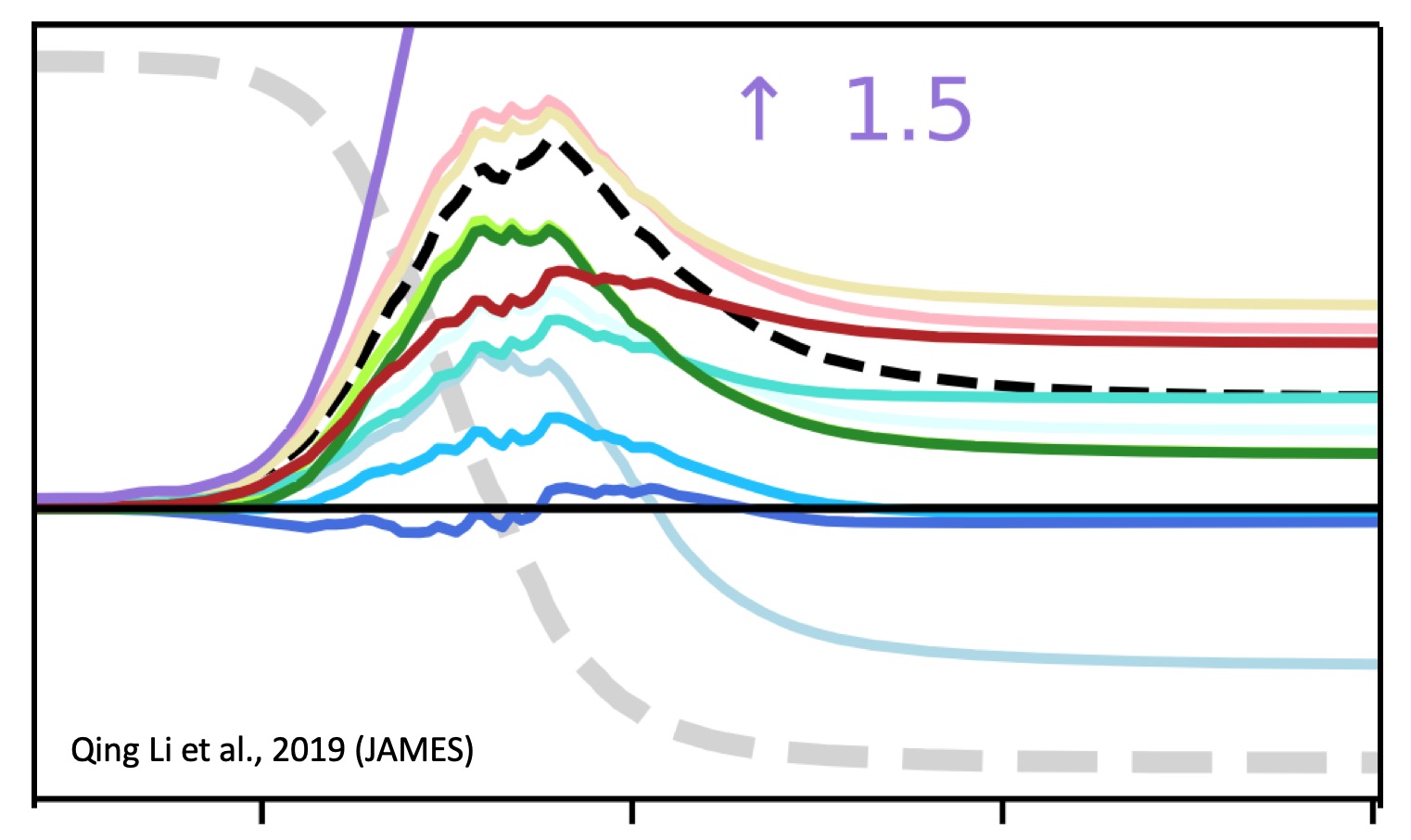
Creating New Models for Mixing
Computer models are essential for making predictions about future weather and Earth's longer-term climate (from forecasting storms in the next few days to anticipating sea level rise decades in advance). These computer models can simulate the large-scale motion of the ocean and atmosphere, but they cannot see (resolve) many mixing processes in the ocean. I use our knowledge of the physics controlling turbulence to create new ways to include the effects of various mixing processes within our computer models.
Find out more → Our paper comparing different parameterizations for upper ocean mixing
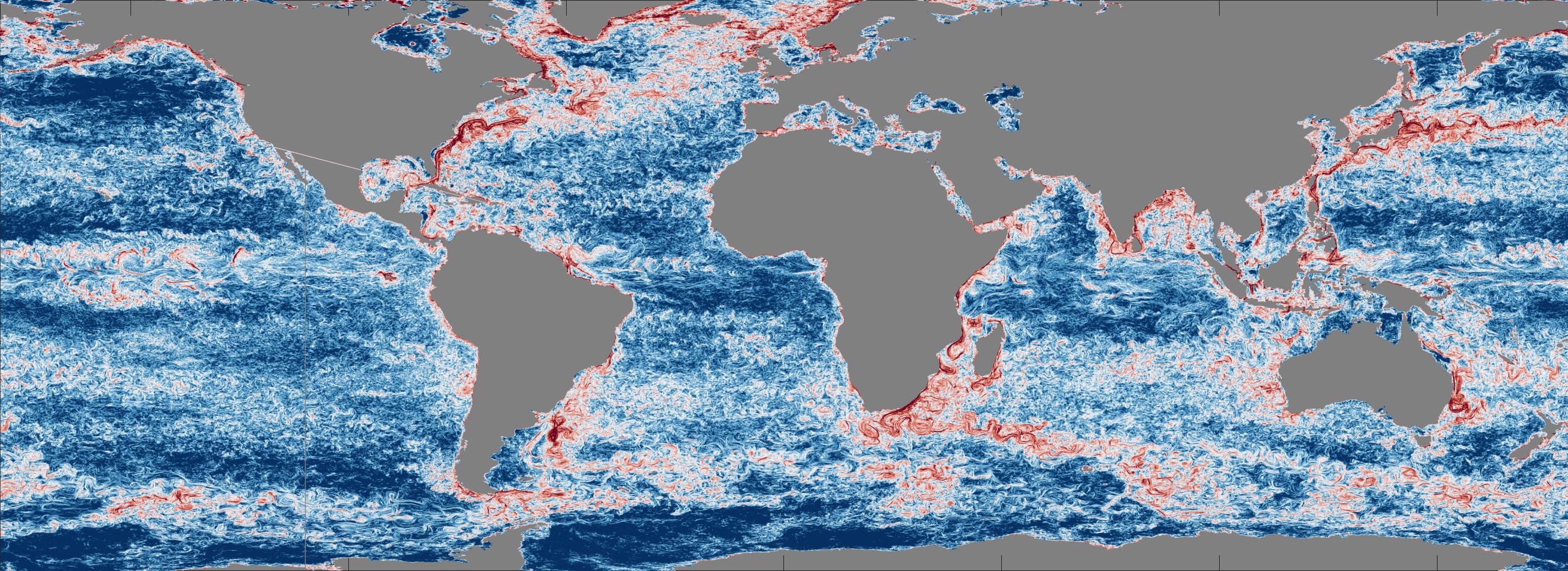
How Does Turbulent Mixing Affect the Earth's Climate?
The Earth is a complex system, with a variety of processes (physical, chemical, biological, geological etc.) occurring in a range of places and across an expanse of scales. Many of these processes interact with each other either directly or indirectly. I use GCMs (global climate models or general circulation models) to understand how the Earth system will evolve under these interactions, and to quantify how and why fast, small-scale mixing in the ocean affects the Earth system at larger scales and over longer times.
Find out more → Our paper implementing a new mesoscale mixing parameterization in a global ocean model
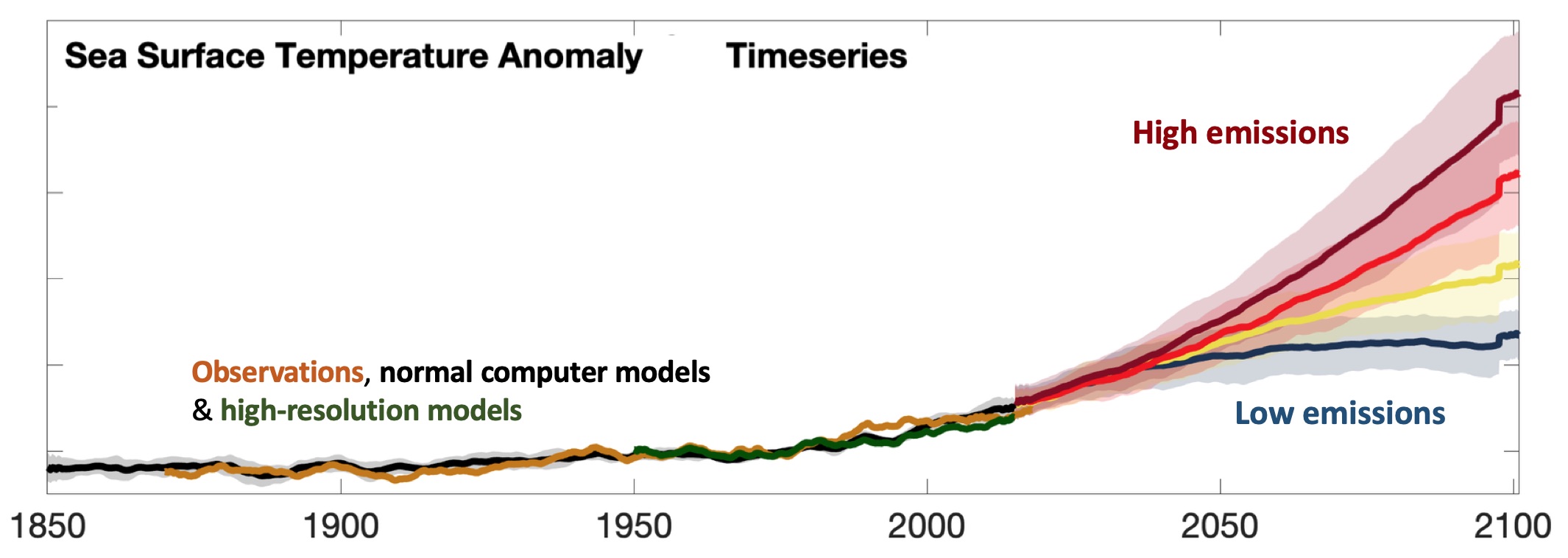
How Will the Oceans Change in the Future?
I am a Chapter Scientist and Contributing Author for the Intergovernmental Panel on Climate Change's 6th Assessment Report (IPCC AR6). As part of this role, I analyze hundreds of computer models and dozens of datasets to present our best predictions of how Earth's oceans (and atmosphere, ecology, land etc.) will change in the coming centuries. The IPCC AR6 will be released in 2021, after multiple rounds of peer review by thousands of scientists and hundreds of governments. I am also involved in a project investigating future changes in sea-ice, and how this could impact Arctic communities.
Find out more → The IPCC AR6 report coming Fall 2021
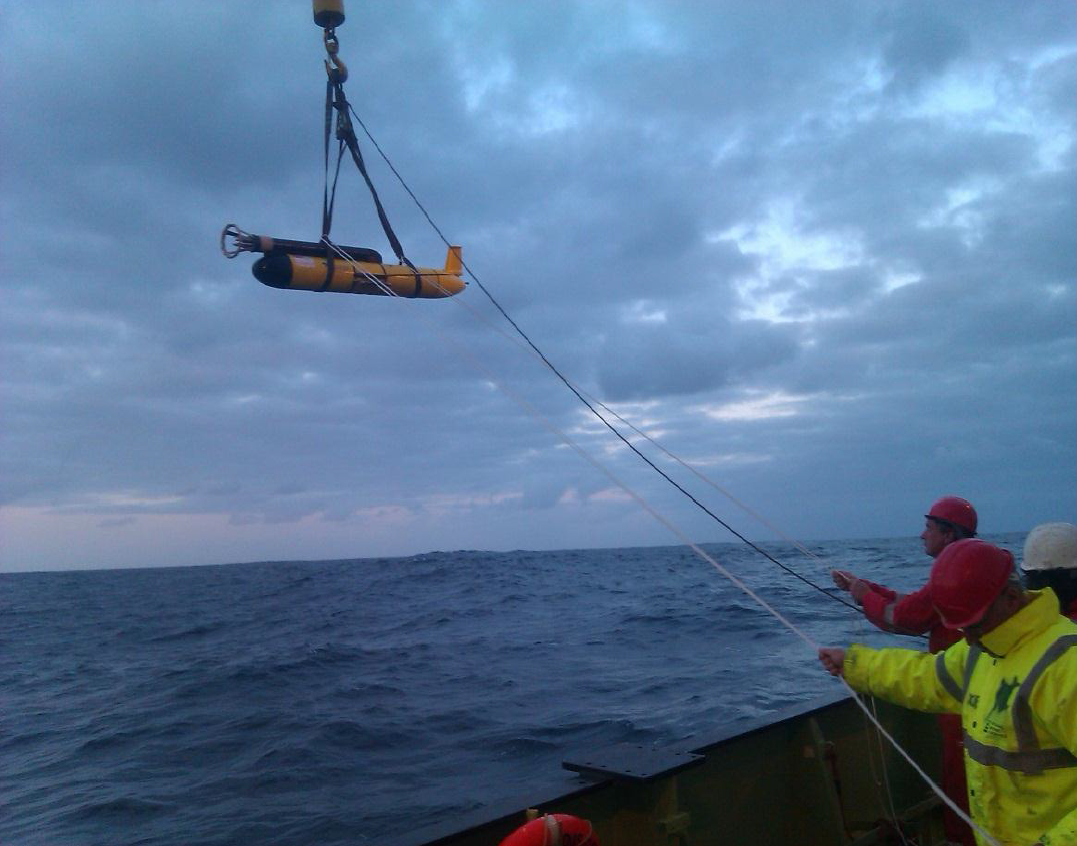
New Tools for Measuring Mixing
Making observations of the ocean is often challenging; ships need to be sailed to specific locations, satellites need to be launched to make remote measurements, and new instruments need to be developed to collect observations below the ocean surface. On top of this, turbulent processes that drive ocean mixing are too small and too fast to observe everywhere and at all times. I use our theoretical understanding of ocean flow to identify new properties we can calculate from observations, which can tell us more about the properties of the ocean. I also utilize new data sets from drifting instruments to quantify ocean mixing.
Find out more → Our paper deriving new theory to diagnose inter-scale transfers in large-scale turbulence
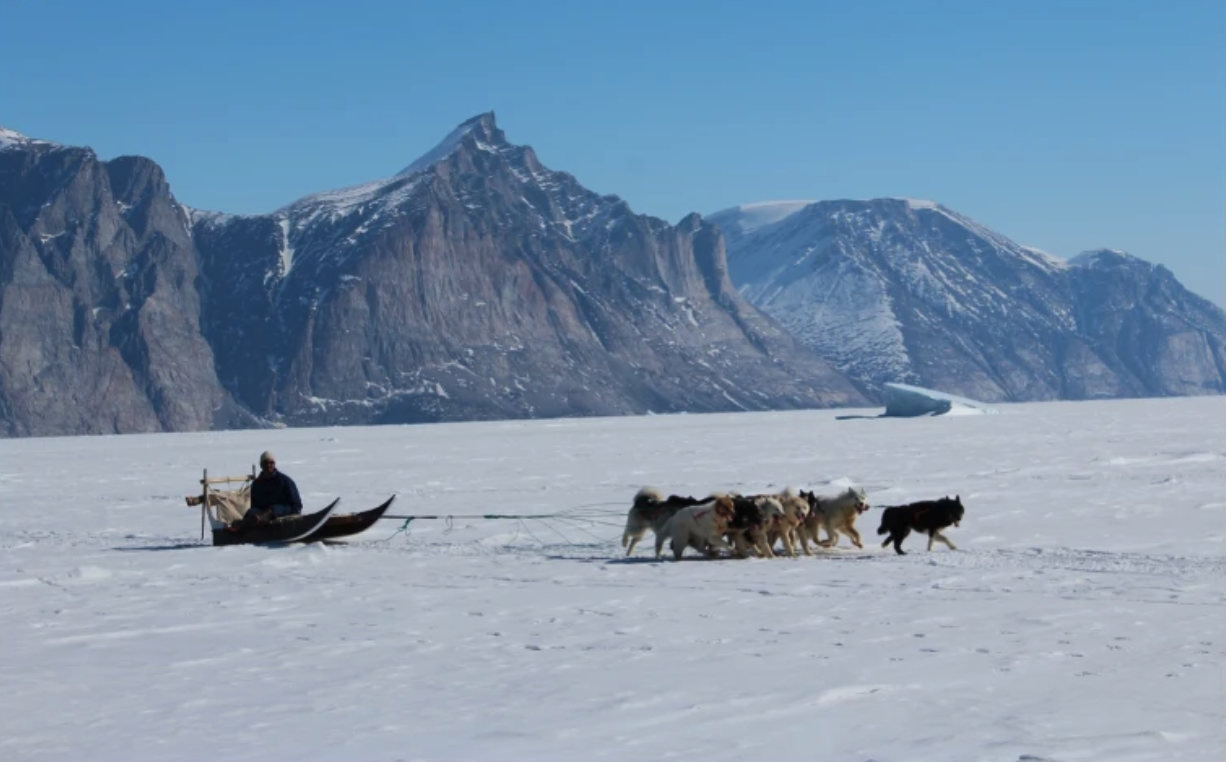
How does the changing Earth System affect humans?
A key motivator for the above research is to improve our ability to simulate future changes in the oceans and wider Earth system. Through interdisciplinary collaborations, I quantify how future changes are likely to impact humans through a variety of mechanisms, from the melting of sea ice, which is critical for some Arctic communities, to changes in heat stress for refugee camps.
Find out more → Our paper investigating the melt timing of landfast Arctic sea ice (image by Sarah Cooley)
Teaching
I am an Assistant Professor at Oregon State University in the College of Earth, Ocean and Atmospheric Sciences.
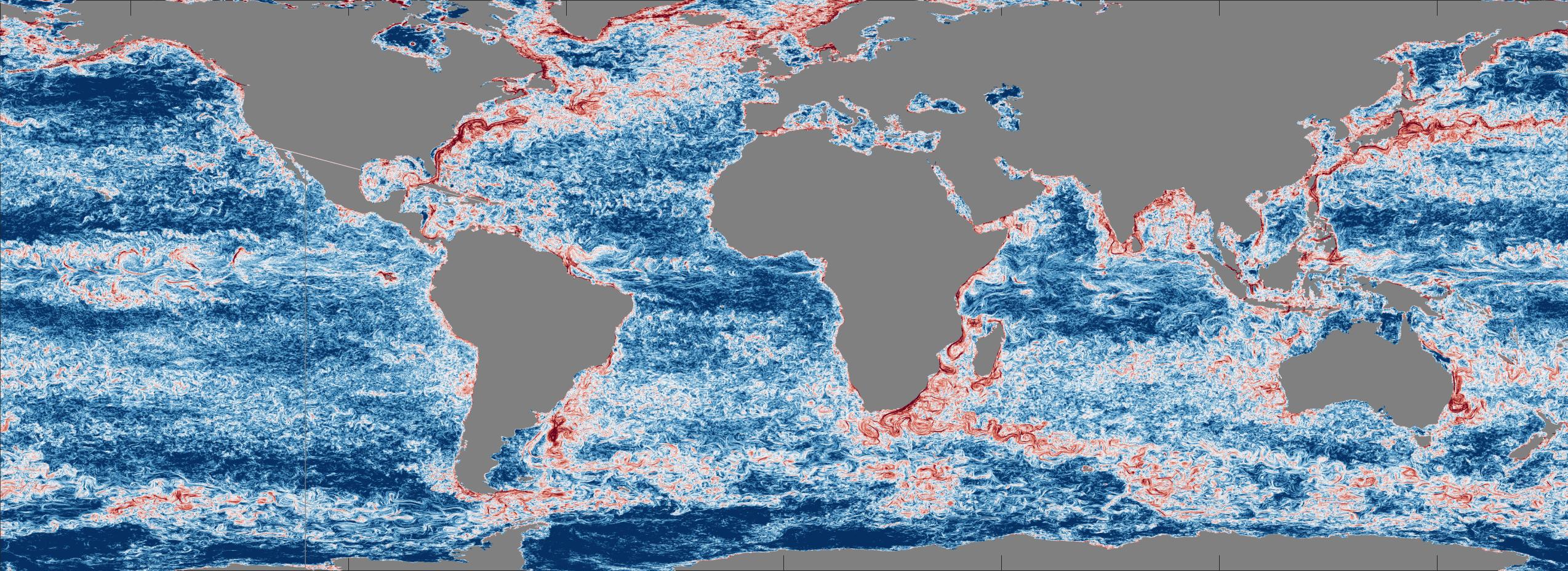
Fluid Earth (OEAS 530)
Fundamental principles of fluid circulation in the atmosphere and ocean. Offered annually. Lec/lab.
Fall 2021 (annual)
Numerical (Computer) Models
I use a variety of numerical models to carry out scientific research, because each model is tailored to a specific set of questions. Many of these models are also great teaching tools for preparing the next-generation of scientists.
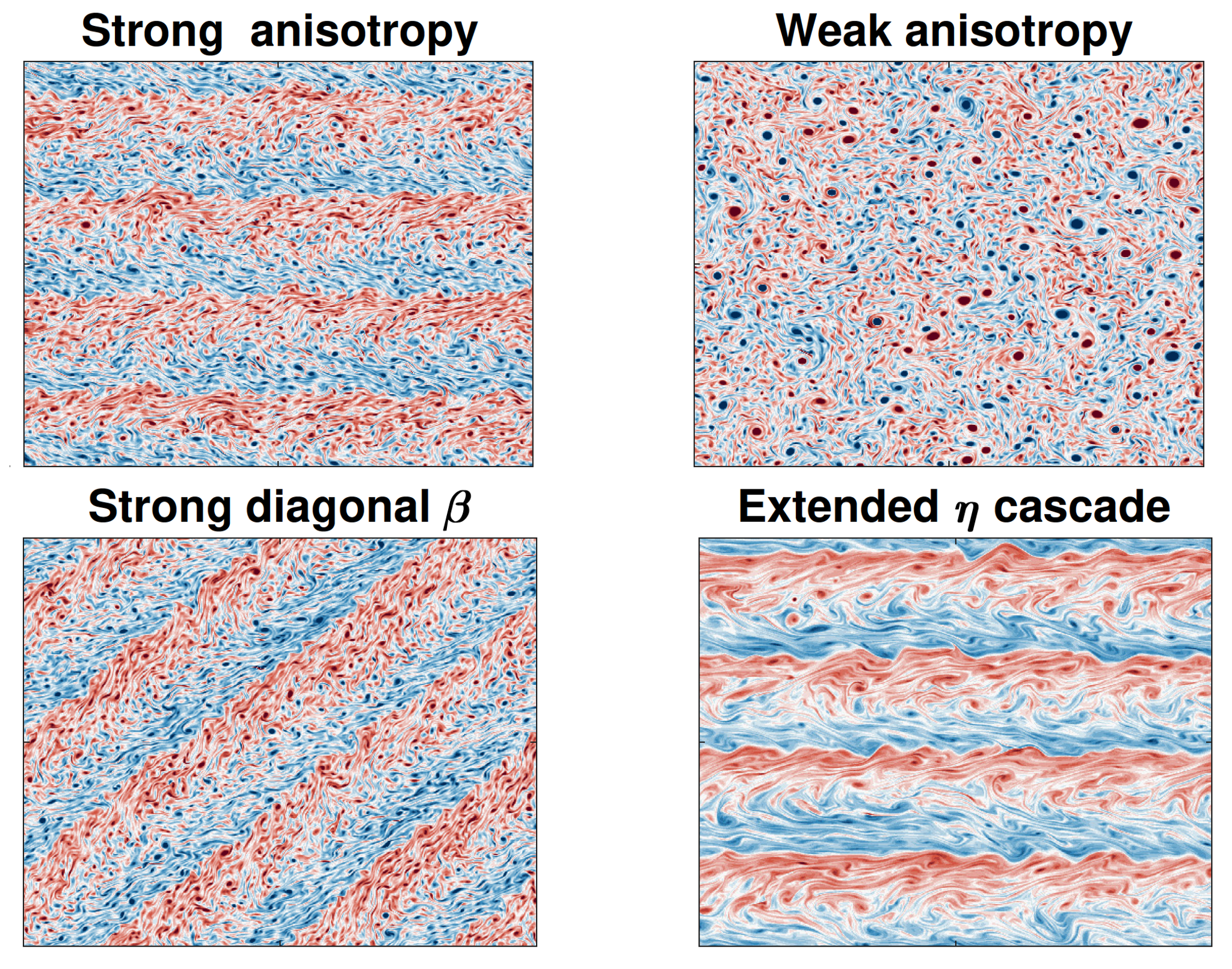
-
Oceananigans.jl
A large eddy simulation (LES) model for simulating three-dimensional turbulent flows, like upper-ocean dynamics. This code is written in Julia.
-
GeophysicalFlows.jl
Simulates large-scale dynamics of the ocean and atmosphere, where flows are two-dimensional (2D) or quasi-geostrophic (almost 2D). The documentation for this model is concise and clear, which makes it realtively easy to get started with it! This code is written in Julia.
-
Community Earth System Model (CESM)
A complex model that simulates the global Earth system (oceans, atmosphere, cryosphere etc.). CESM is one of the computer models used in the IPCC report, and it is well-documented, easy to modify, and has varying levels of complexity that can be switched on or off.
-
The General Ocean Turbulence Model (GOTM) and the Community Ocean Vertical Mixing Project (CVMix)
Both of these are computer models that simulate the mixing effects of turbulence in the vertical direction, which is crucial for the upper ocean`s evolution. Qing Li (LANL) has coupled these models so that we can evaluate existing ways of accounting for mixing (parameterizations), and test new parameterizations that we develop.
Research Group
Current and past members of the Ocean Modelling & Mixing Group at Oregon State University.

Brodie Pearson
Assistant Professor, Oregon State University

Ara Lee
Graduate Student, Oregon State University

Cassidy Wagner
Graduate Student, Oregon State University
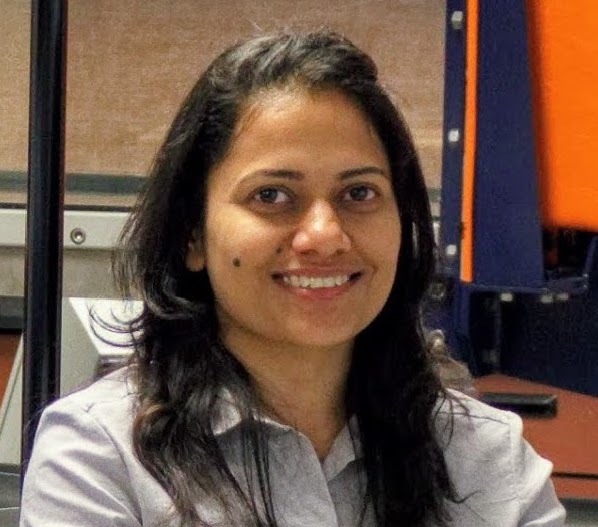
Amrapalli Garanaik
Postdoctoral Scholar, Oregon State University
Natalie Rodriguez
OSU REU Student, Johns Hopkins University
Direct Collaborators
Researchers that have led collaborations I have been a co-author on, or have collaborated on projects I have led.
Additional Collaborators
Other scientists who have been collaborated with me on research projects and data collection, or have helped develop research ideas
NCAR/UCAR
University of Illinois at Chicago
Brown University
Brown University
University of Reading, UK
Applied Physics Lab, University of Washington
